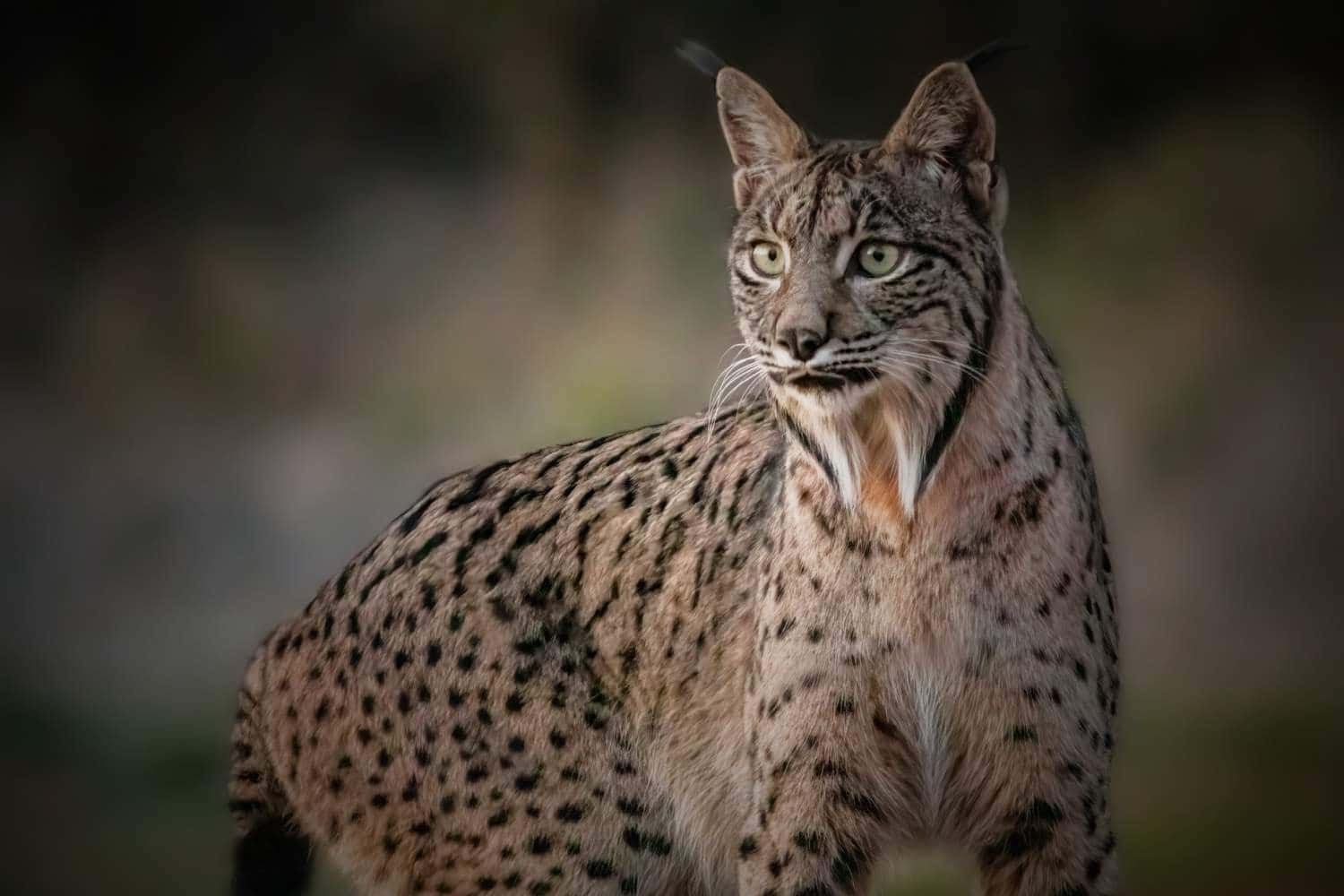A photographer in southern Spain has documented what is believed to be the first-ever sighting of a white Iberian Lynx, a species once considered on the brink of extinction.
The sighting of the rare leucitic lynx — a genetic condition that causes white fur but leaves eye colour unaffected — has stunned scientists and wildlife enthusiasts worldwide.
According to News18, the big cat was photographed in Andalusia earlier this week, marking an unprecedented moment for conservationists who have spent decades working to save the species from extinction.
The animal’s pale, ghostly coat stands in sharp contrast to the usual tawny fur and black spots that define the Iberian lynx.
Leucism differs from albinism because it only affects pigment in the fur, not in the eyes.
The rare condition gives the lynx an almost mythical appearance, earning it the nickname “ghost cat” among locals.
While stunning to look at, wildlife experts warn that white fur could make the lynx more visible to predators and hunters, reducing its natural camouflage.
The World Wildlife Fund (WWF) describes the Iberian Lynx as one of the smallest wild cats in Europe, weighing roughly half as much as its Eurasian cousin.
It is known for its short tail with a black tip, tufted ears, and a distinctive facial ruff resembling a beard. Once spread widely across the Iberian Peninsula, the species nearly disappeared after decades of hunting and habitat loss.
By 2002, fewer than 100 adults remained in the wild, including only 25 breeding females. Through joint conservation programmes led by the Spanish and Portuguese governments, together with the European Union-funded Life Projects, the population has now recovered to more than 2,000 individuals across the peninsula.
Researchers say the sighting of a leucitic lynx is proof that the species’ recovery is strong enough to support genetic diversity.
Rodrigo Serra, who runs the cross-border reproduction programme in Portugal and Spain, has described the ongoing progress as “a miracle decades in the making.”
Speaking to the BBC earlier this year, Serra said:
“The Iberian lynx was very, very close to extinction. At one point, fewer than 100 were left. To see them in the wild again, thriving and even producing rare genetic variations, is beyond belief” .
Wildlife experts have also noted that conservation success comes with challenges. As the number of lynxes grows, more of them are venturing beyond protected reserves, leading to occasional conflicts with farmers over livestock.
Conservation teams are reinforcing enclosures and running awareness programmes to reduce tensions between wildlife and rural communities.
The Iberian Lynx is now classified as “near-threatened” rather than “endangered,” according to the International Union for Conservation of Nature (IUCN).
Conservationists hope that ongoing breeding and release efforts will bring the wild population closer to its long-term goal of 5,000 animals by 2035.
